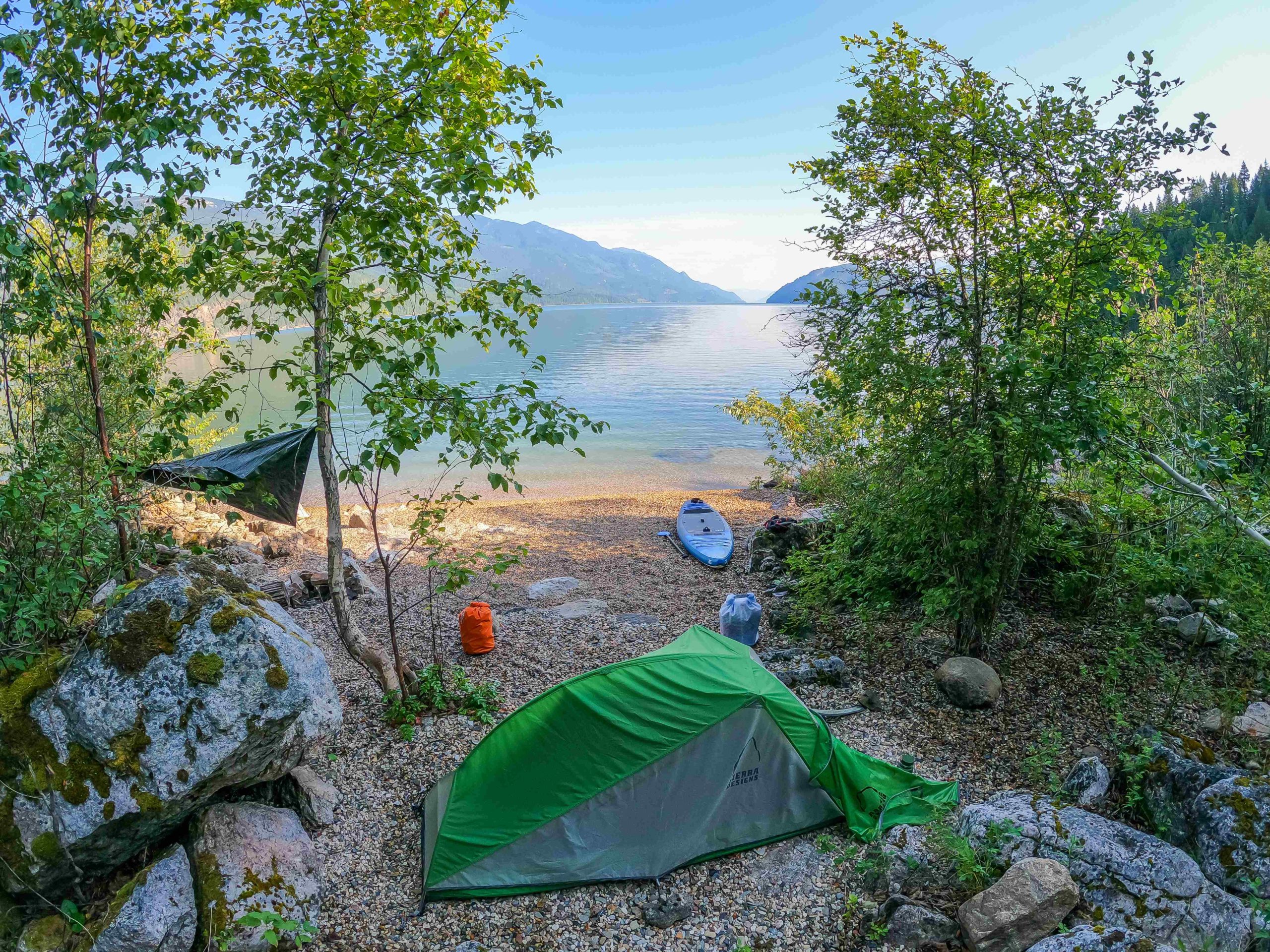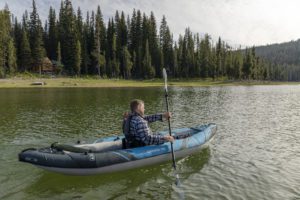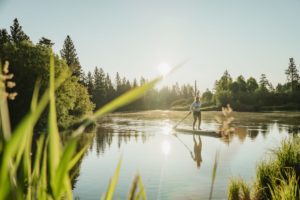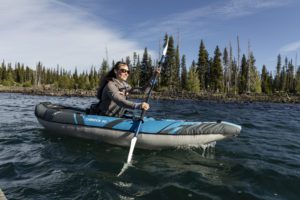
How to Plan an Overnight Inflatable Paddle Mission in 5 Easy Steps
So you’ve caught a wild hair and you want to spend the night under the stars on a big paddle mission. You’ve done some backpacking, bike packing, camping, or other crossover outdoor recreation in the past and now you want to parlay that into an overnight paddle mission. If you’ve spent a year or two paddling semi-frequently and encountered a few less than ideal incidents that you have overcome without any harm (i.e. incumbent weather, falling in the water unexpectedly and self rescuing, miscalculating mileage, etc.), then you are probably ready for an overnight.
Step one: Location, location, location and safety
Pick a waterway for your adventure. Consider how far you are used to paddling and stick to that. Choose somewhere that doesn’t get too windy and that has trail access in the event you need to hike out. Search your spot on the internet and get all the beta you can. Check out resources like American Whitewater or Soggy Sneakers. Seek out an official river map. If one can not be found, as a last resort, make one on Google Maps. While you’re in the heavy internet research zone, read about swift water rescue safety and watch the NRS safety talk. If there is vocabulary or concepts you aren’t familiar with, dial that in before you leave on your trip. Better safe than sorry…
Step two: Paddle equipment
Packing in your gear on your trusty water vessel steed is key, so you’ll want to choose a boat or board with plenty of space. I like the Chelan 140 for its ability to store gear in three locations: behind the cock-pit seat and on bow and stern decks with bungies. Remember, store your heaviest gear as low to the floor as you can. Other essential pieces are bomber dry bags for your gear (we recommend Watershed Drybags as the industry standard), a PFD, and a paddle. If you don’t have a boat or board of your own, check about rentals from your local outfitter.
Step three: Packing like a tetris pro
Besides the ten essentials, check out this overnight packing list from Salmon Bay Paddle and Aquaglide blog post Top 7 Paddleboard Overnighter Must Haves. Among an extensive list, be sure to pack both warm and dry camp clothes and separate paddling clothing. You’ll want all the gear you want access to during the day in an easily accessible place. Store gear you won’t need till camp in the harder to access places. Lastly, use cam straps to lash your gear down and where possible, evenly distribute weight throughout the bow and stern.
Step four: Food for thought
Meals, snacks and water are critical when it comes to overnight planning. I prefer to pack dehydrated backpacking meals with extras. For example, a Thai or Vietnamese dehydrated noodle dish is great, especially when you bring a side of peanuts to add. I find coolers a big hassle so all my provisions are non-perishable. For snacks, think fruit and nuts – and depending on whether you want to stop on shore for a picnic or eat and run, quick bites like fruit leathers and nut butter packs are my fave. When it comes to water, I like to pack all my own hydration in, however, excellent, durable and easy to use water filtration systems are easy to find at your neighborhood outdoor store.
Step five: Paddle touring and wilderness etiquette
In addition to leave no trace principles, think about treating every waterway you travel on as though it had a Wild & Scenic River designation. This means packing out your waste in wag bags or other toilet systems, following open fire guidelines, checking with the National Forest, BLM or other land managers for specific policies. Finally, it’s good practice to remember the original inhabitants, first nations people, as you travel in the wilderness.
Have a great trip! See you on the water!
Author KM Collins recently presented the talk, Diving into Big Mile and Mutiday Paddleboarding on Wild & Scenic Rivers in a Wild Wednesday Oregon Wild talk. See that webcast on the Oregon Wild website, and learn more about how Oregon Wild is going to bat for the River Democracy Act, legislation to protect 4,700 Oregon River miles.



